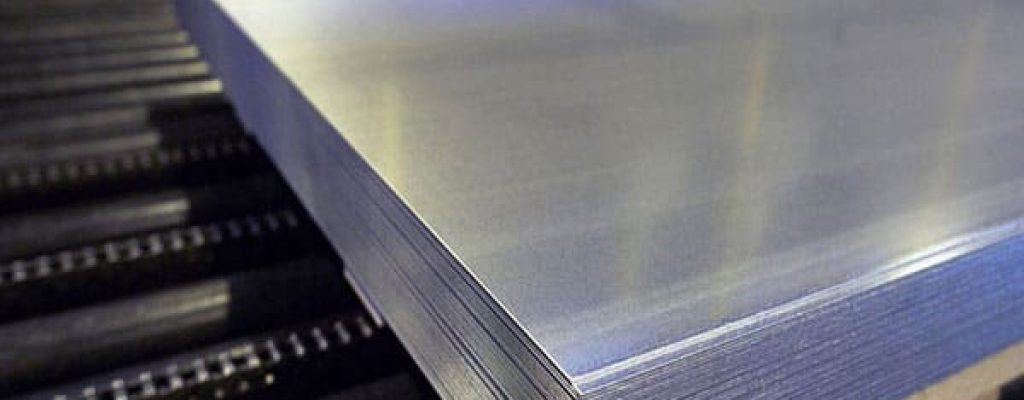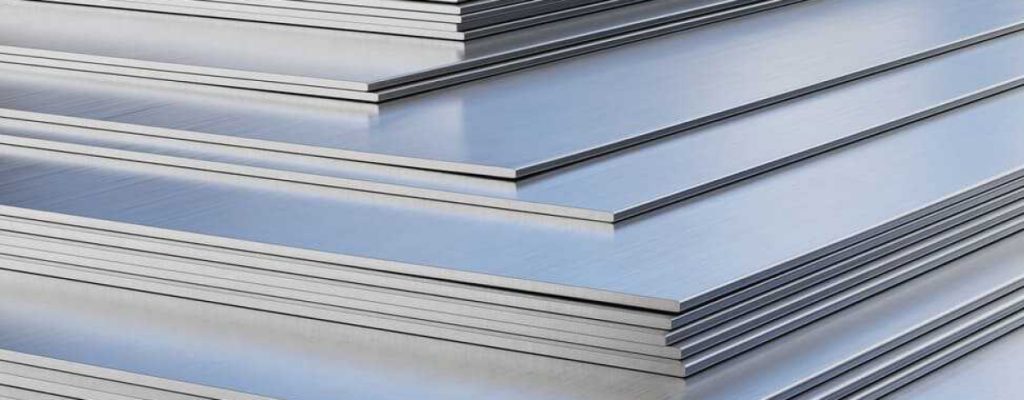Carbon Steel vs Stainless Steel Plates | Differences and Applications
In the world of metallurgy, the choice between carbon steel and stainless steel is crucial, particularly when it comes to selecting plates for various industrial applications. Each material has distinct characteristics, making them suitable for different purposes. In this blog, we will compare carbon steel grades with stainless steel, focusing on their composition, properties, and the specific applications where they excel.
Key Insights into Carbon Steel Grades
Carbon steel is primarily composed of iron and carbon, with the carbon content typically ranging between 0.05% and 2.0%. The varying carbon content in different grades of carbon steel significantly influences their mechanical properties, making them suitable for diverse applications.

- Low Carbon Steel (Mild Steel):
- Carbon Content: Up to 0.25%
- Properties: Low strength, high ductility, and excellent weldability.
- Applications: Commonly used in construction materials, automotive body panels, and pipes.
- Medium Carbon Steel:
- Carbon Content: 0.25% to 0.60%
- Properties: Balanced strength and ductility, with good wear resistance.
- Applications: Ideal for machinery parts, gears, and axles.
- High Carbon Steel:
- Carbon Content: 0.60% to 1.0%
- Properties: High strength, hardness, and wear resistance, but lower ductility.
- Applications: Suitable for cutting tools, springs, and high-strength wires.
- Ultra-High Carbon Steel:
- Carbon Content: 1.0% to 2.0%
- Properties: Extremely high hardness and wear resistance, but brittle.
- Applications: Used in specialized applications like knives, punches, and dies.
The Multi-Purpose Material Stainless Steel
Stainless steel is an alloy of iron, chromium (minimum 10.5%), and often nickel, molybdenum, and other elements. The inclusion of chromium gives stainless steel its characteristic corrosion resistance, making it a popular choice for applications where durability and longevity are critical.

Stainless Steel Types - Composition, Properties, and Uses
- Austenitic Stainless Steel:
- Composition: High chromium and nickel content.
- Properties: Excellent corrosion resistance, non-magnetic, and good formability.
- Applications: Widely used in kitchen appliances, chemical processing equipment, and architectural structures.
- Ferritic Stainless Steel:
- Composition: High chromium content, low carbon.
- Properties: Magnetic, moderate corrosion resistance, and good formability.
- Applications: Automotive exhaust systems, industrial equipment, and decorative trims.
- Martensitic Stainless Steel:
- Composition: Higher carbon content, moderate chromium.
- Properties: High strength, moderate corrosion resistance, and hardenable by heat treatment.
- Applications: Used in cutlery, surgical instruments, and turbine blades.
- Duplex Stainless Steel:
- Composition: Balanced austenitic and ferritic microstructures.
- Properties: High strength, excellent corrosion resistance, and good weldability.
- Applications: Ideal for oil and gas industries, chemical processing, and marine applications.
Comparing Carbon Steel Plate vs Stainless Steel Plate
When choosing between carbon steel and stainless steel plates, it’s essential to consider the specific needs of the application.
- Corrosion Resistance: Stainless steel plates excel in environments prone to corrosion, such as marine, chemical, and food processing industries. Carbon steel, unless coated or treated, is more susceptible to rust and corrosion.
- Strength and Hardness: Carbon steel plates, particularly high carbon grades, offer superior strength and hardness, making them suitable for heavy-duty applications. However, stainless steel plates, especially duplex grades, provide a good balance of strength and corrosion resistance.
- Cost: Carbon steel is generally less expensive than stainless steel, making it a cost-effective choice for applications where corrosion resistance is not a primary concern. Stainless steel’s higher cost is justified by its longevity and low maintenance requirements in harsh environments.
- Weldability and Machinability: Low-carbon steel grades are easier to weld and machine, making them a preferred choice for construction and manufacturing. Stainless steel, while more challenging to work with, offers superior long-term performance in demanding applications.
Applications of Carbon Steel and Stainless Steel Plates
- Carbon Steel Plates:
Used in structural components, automotive industries, pressure vessels, and heavy machinery due to their strength and affordability. - Stainless Steel Plates:
Employed in industries where corrosion resistance and aesthetics are critical, such as food processing, medical devices, and architectural applications.
Conclusion
The choice between carbon steel grades and stainless steel plates depends on the specific requirements of the application, including factors like corrosion resistance, strength, cost, and maintenance. Understanding these differences allows you to select the right material for your project, ensuring optimal performance and longevity.


